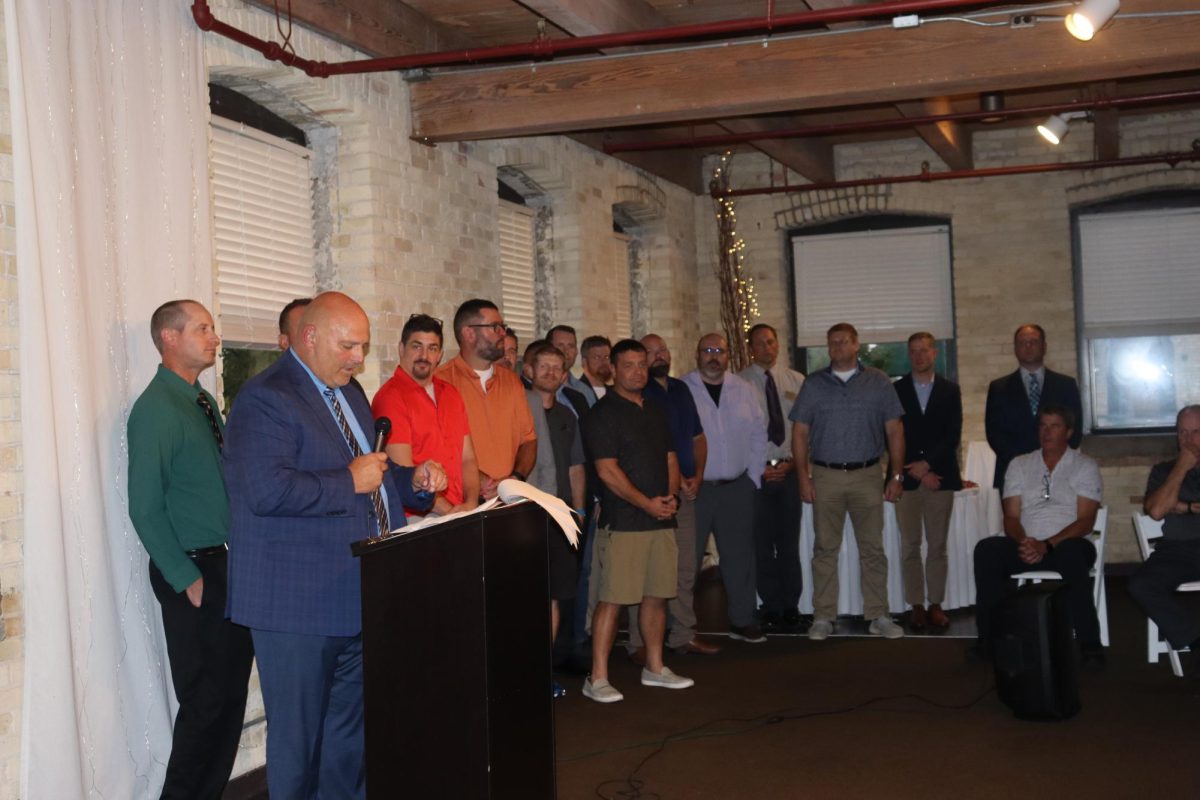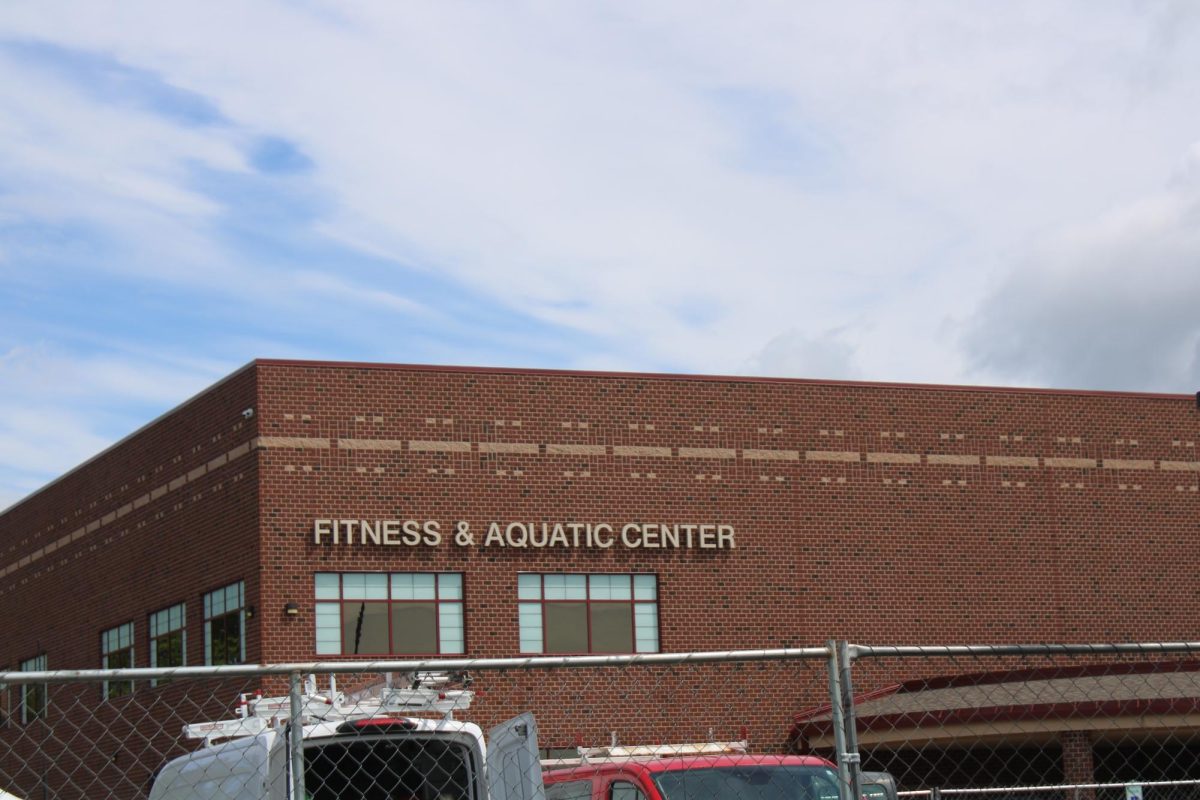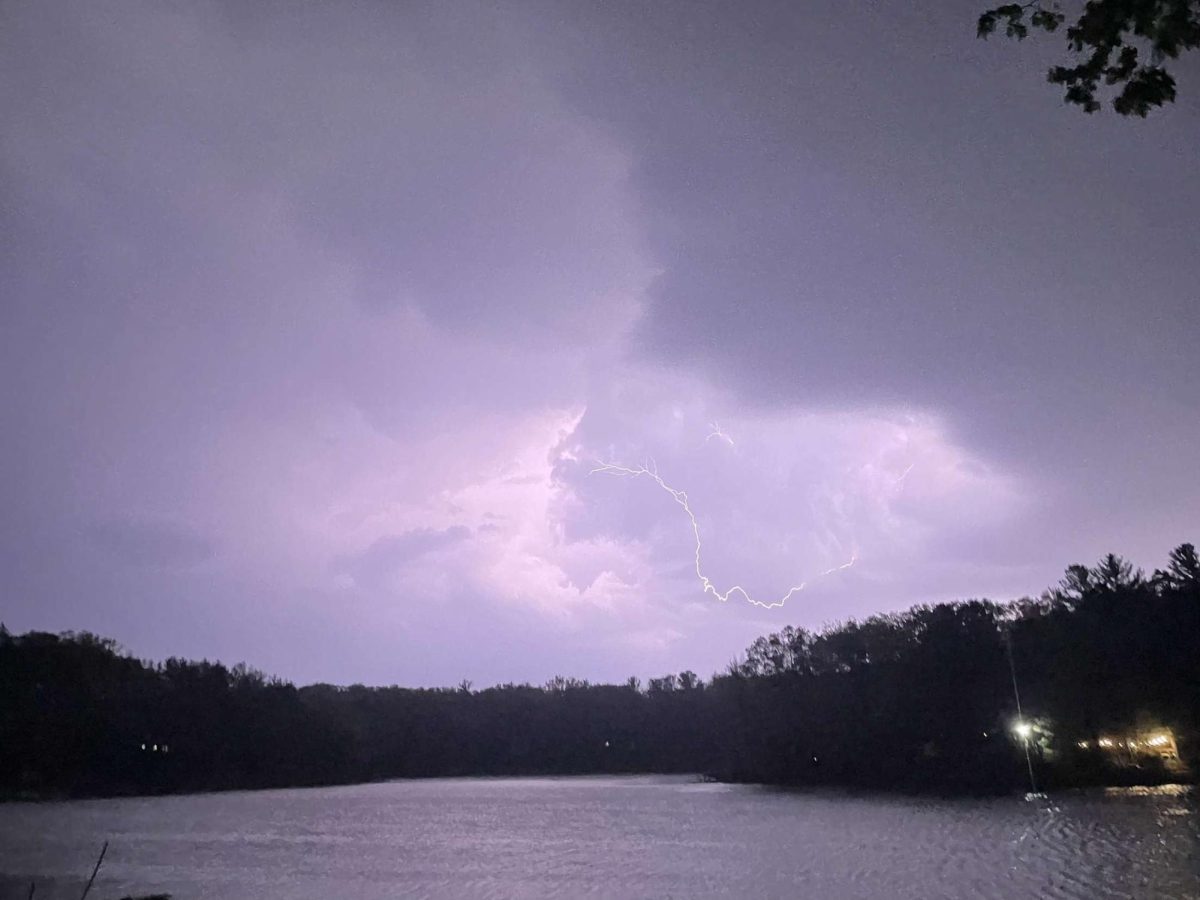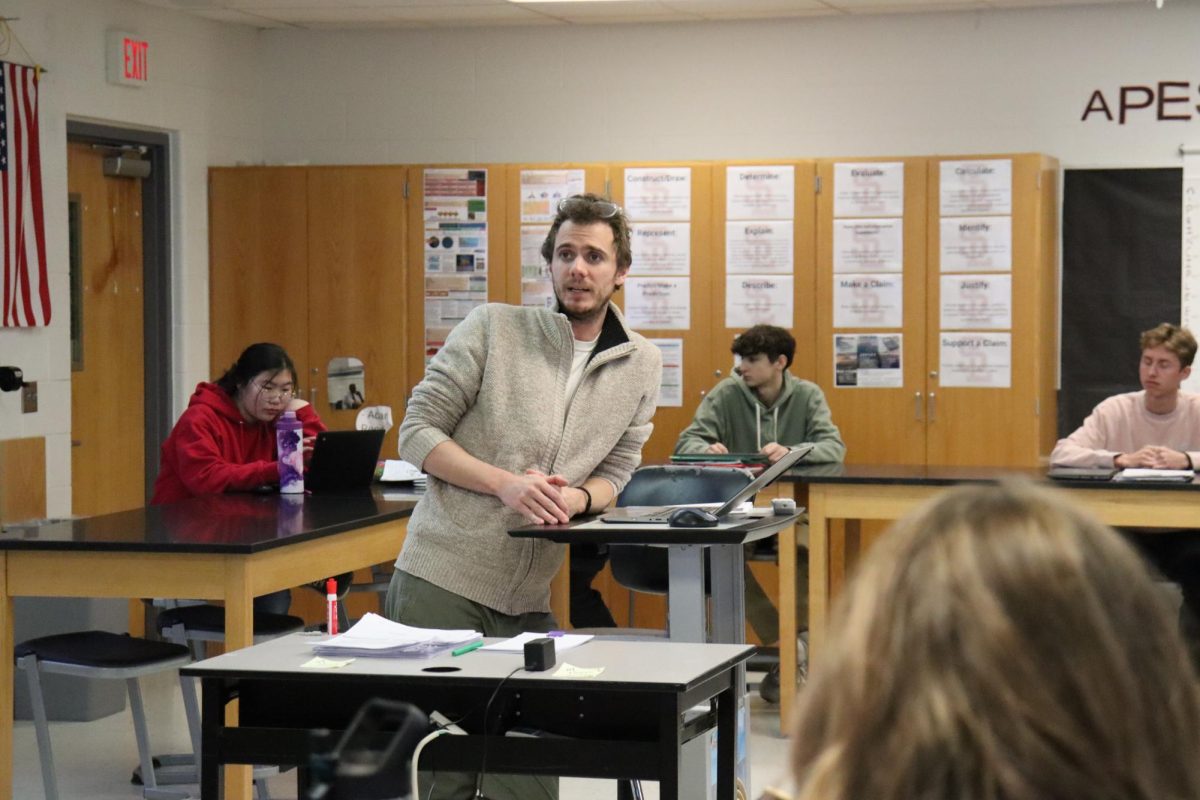“We don’t want to be reactionary, we want to be proactive,” said Paul Sach, director of the Departnemnt of Strategic Impact for Ottawa County, when he spoke to the AP Environmental Science Class last month concerning the current watershed issue facing Ottawa Country. During the time of the presentation, Spring Lake High School’s APES students were learning about how humans use their resources on land, and, in this case, water.
Even though Michigan is surrounded by the world’s largest body of fresh water, Ottawa Country has experienced multiple droughts throughout the years because of an underlying groundwater shortage. Why? Nearly 25 percent of Ottawa County depends on wells that draw from the bedrock (Marshall Sandstone) aquifer rather than glacier aquifer. Marshall Sandstone is made from leftover deposits eons ago when Michigan was a shallow salty sea. This means that the Marshall Sandstone is salt based and not rechargeable because of the heavy, impermeable clay above it. Additionally, Marshall Sandstone is unconfined nearly everywhere except Ottawa Country due to this clay. An unconfined aquifer means that it is easily rechargeable by rainfall, whereas an confined aquifer is not.
As Sach said, Ottawa County must reduce dependency on our aquifer system because we “cannot fill it up like a bathtub.”
In 2012, Ottawa County commissioned Michigan State University to conduct a study on groundwater depletion. The study discovered that since 2013, water from the bedrock aquifer has been declining and increasing levels of salt concentrations have been seeping in. The study hypothesized that the bedrock aquifer would continue to decline and salt levels would keep rising unless managed proactively.
The misconception that we live in a “water wonderland” has put Ottawa County in its current position. Sach ended his presentation by suggesting initiatives to control our watershed usage. One proposed solution would be to rethink the traditional lawn turf grass. Statistics show that over 280,000 gallons of water can be saved with native landscaping. Ottawa County has also launched the Groundwater Sustainability Initiative to combat the current watershed issue. Learn more about it here.
“I think its important to get outside perspective of different career fields” In October, AP Environmental Science students took a field trip to the Ottawa Sands Country Park to learn about invasive species. Read the Laker Anchors article on it here.



























